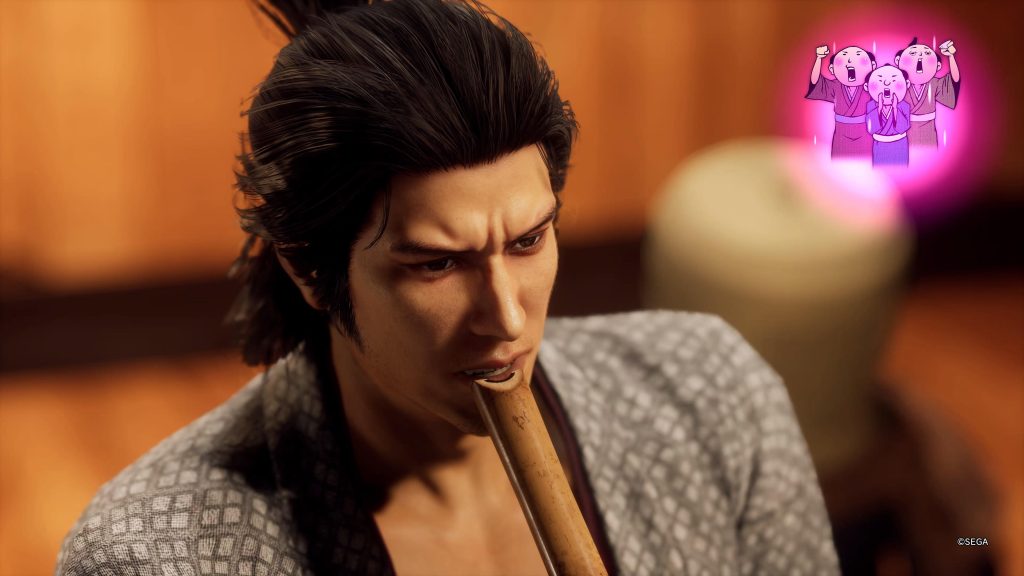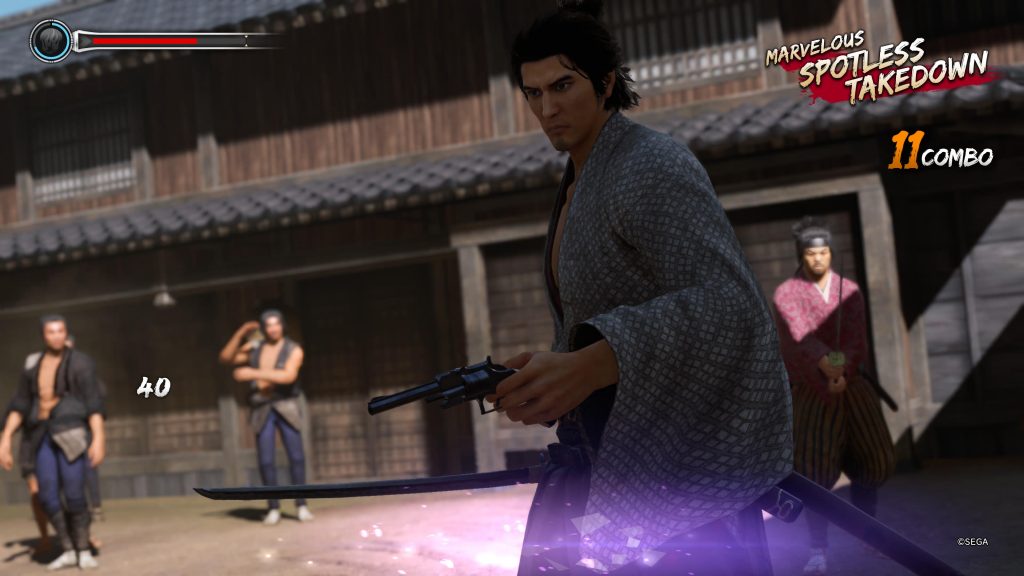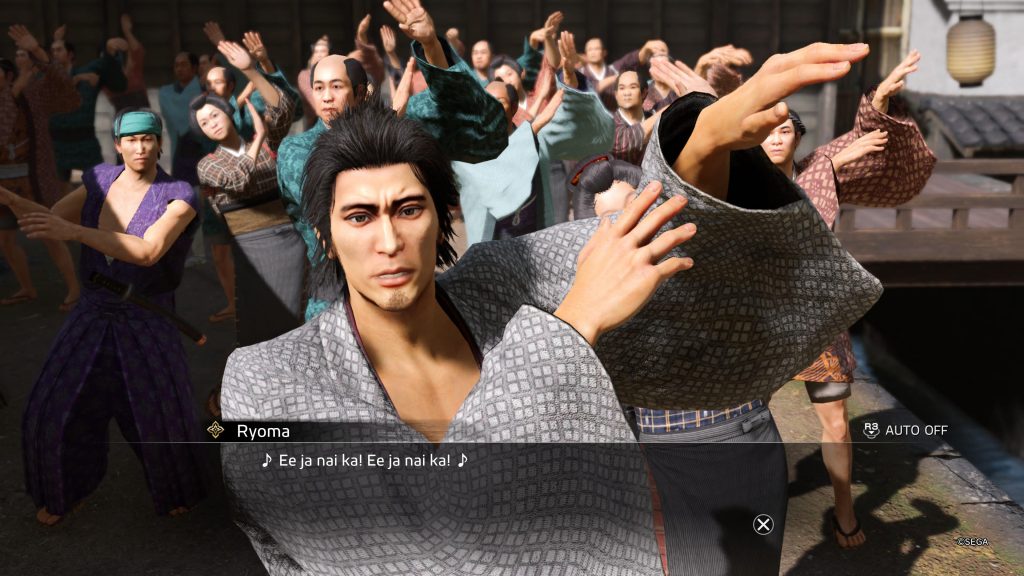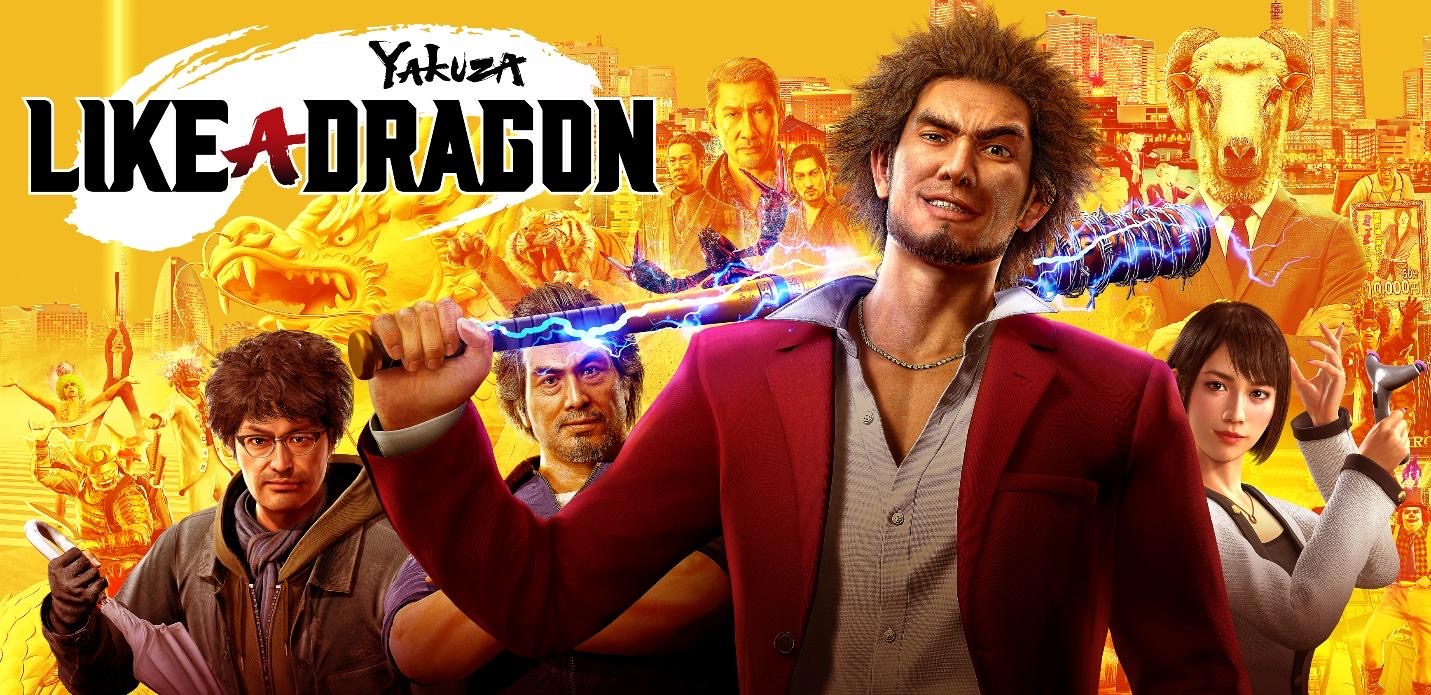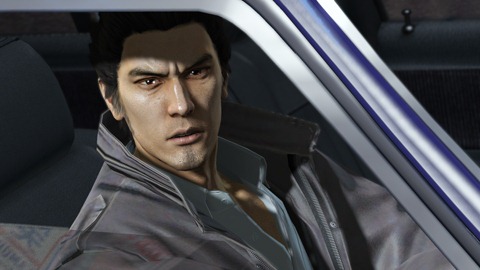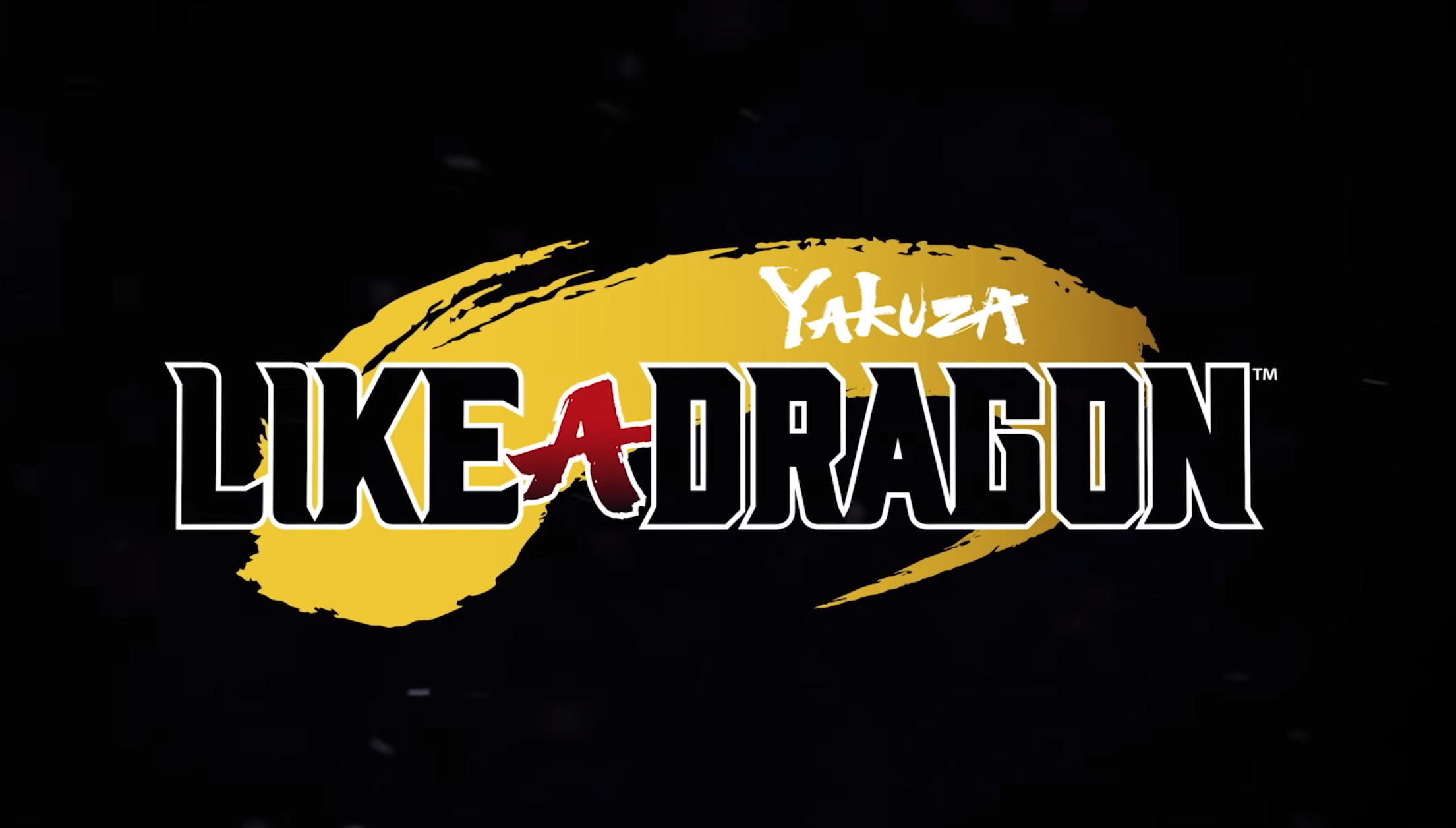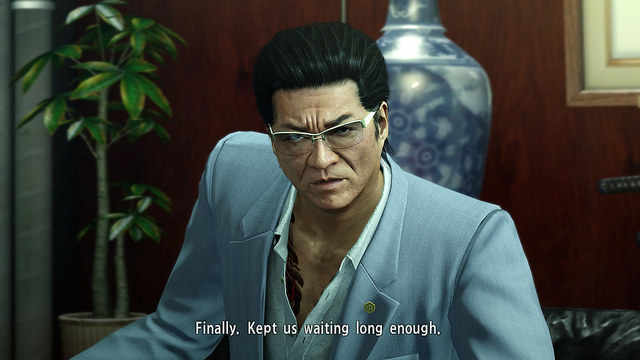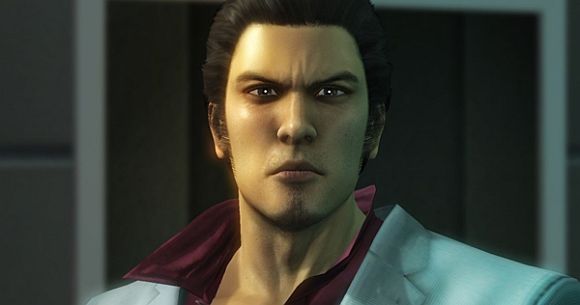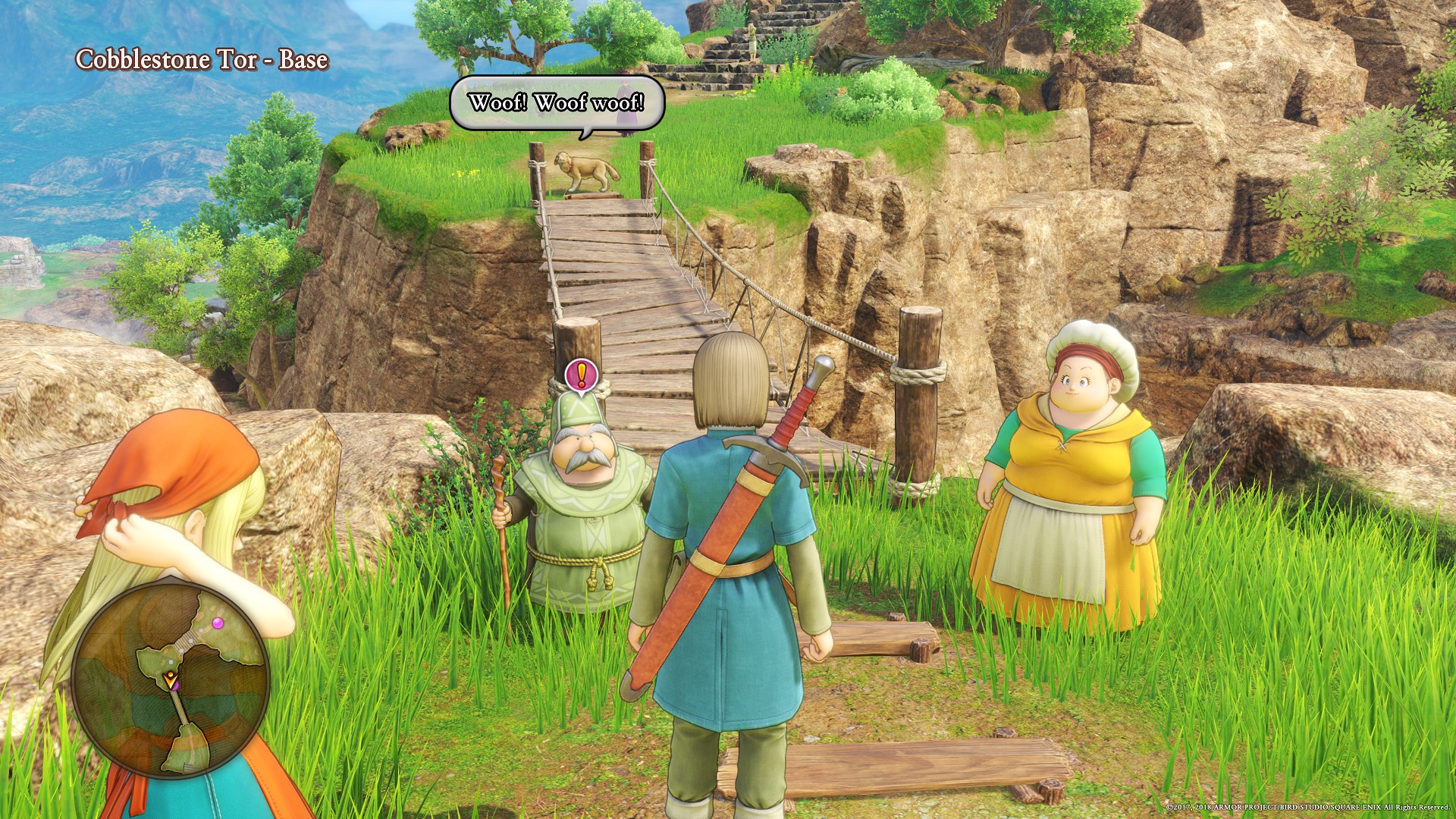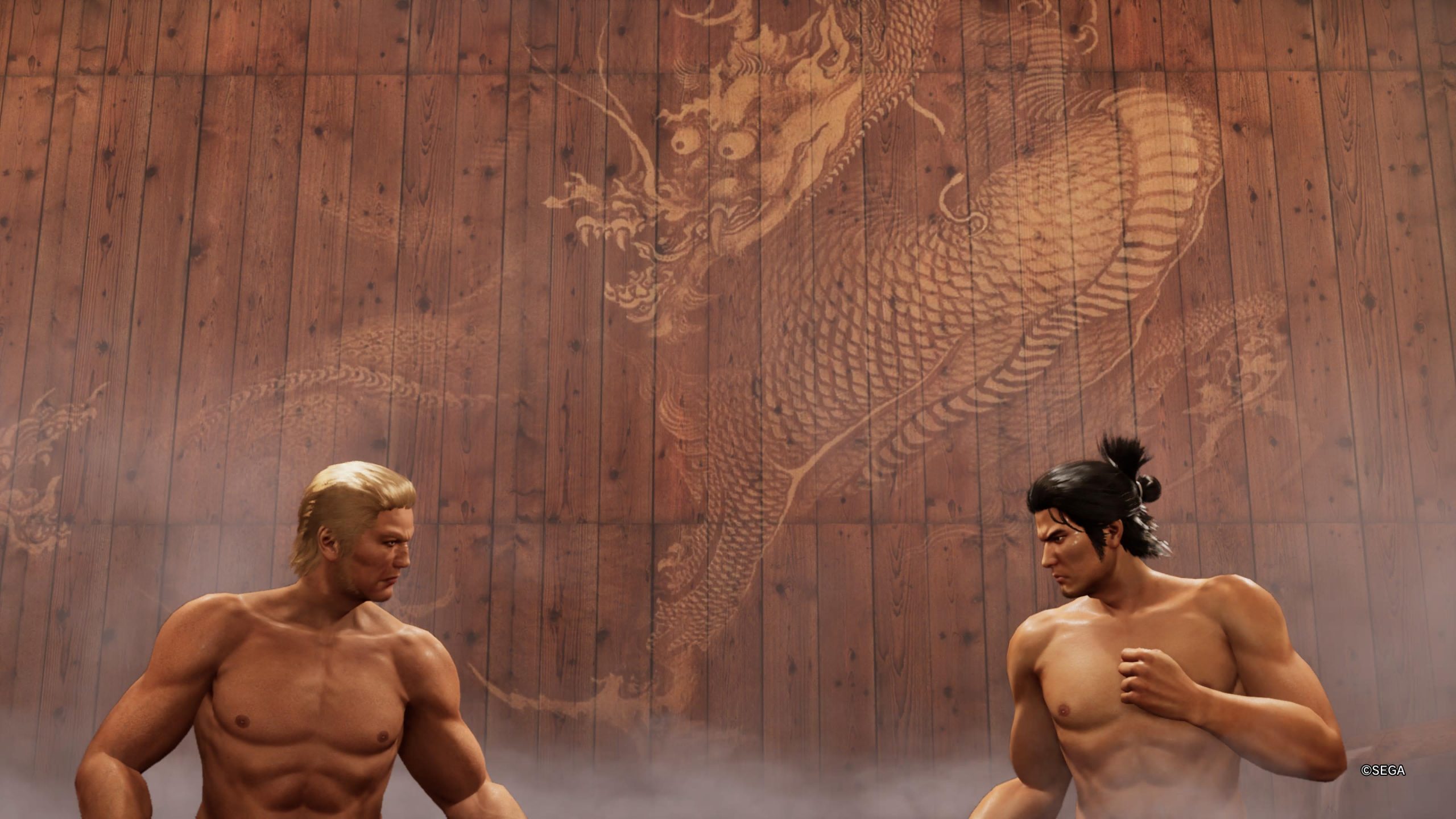
The Yakuza series, now re-named Like a Dragon, is just about the most dependable game franchise out there, as with every new release fans can be assured of a solid, silly, several dozen hours of gameplay full of a stupidly serious main narrative, and seriously stupid side missions. Like a Dragon: Ishin! is no different, as a remaster of a previously-Japan exclusive 2014 release, which takes the characters and brawling gameplay of Like a Dragon and transposes them to the late Edo period of Japan, for yet another addictively bizarre, if a little dated, adventure.
Although he looks just like series’ hero Kazuma Kiryu, the protagonist this time around is actually Sakamoto Ryoma, a real-life historical figure who was a samurai and opponent of the Shogunate of the time. His life is more of a general guideline for the much more dramatic story Ishin! weaves, which follows Ryoma as he first joins a loyalist rebellion to the Shogunate run by his surrogate father, who is soon murdered by a mysterious ninja. Ryoma’s quest then turns to one of revenge, as he leaves his homeland to track down the assailant, even as his investigation and the choices he makes bring him into opposition with the loyalists, now run by his brother. The traditional Yakuza cast are all present here, from Goro Majima to Haruka, all re-cast into various roles in the story which mostly reflect the personalities of their present-day counterparts. Parallels are drawn in the storytelling and staging between the way Yakuza clans operate in the rest of the series, and the way the Shinsengumi police force operates.
The big driving force in both the main narrative and in much of the side content is the growing unrest between various classes of society, as peasants and lower ranked samurai are oppressed and exploited by the upper ranks. Like a Dragon: Ishin! can be quite comical and cartoonish at times, but it also paints a believable picture of the era. Inclusions of social movements like the ‘ee ja nai ka’ protests are a little goofy, but also flesh out the mood of the people as well.
The original Ishin! was developed in between Yakuza 5 and Yakuza 0, and even though this remaster improves much about that game, including some stunningly detailed character models and great lighting running on Unreal Engine 4, it still feels like a bit of a relic of that time. Subsequent Yakuza games since have moved to the physics-based ‘Dragon Engine’, which can often feel pretty funky, but also feels much more fluid than Ishin! Ryoma’s main method of dealing with problems is by getting into scraps, where he can dish out damage with four fighting styles, switchable with the d-pad. Hand-to-hand brawling will be familiar to Yakuza fans who’ve played the series from that time period, as it provides a limited replication of the moves, counters and spectacular heat actions you’d expect. Gunplay is meant for long distance, but feels inaccurate and involves changing out ammo by going through several layers of pause menu, which almost always is more hassle than it’s worth.
You’re almost always better off going with straight swordplay or the ‘wild dancer’ style. In regular swordplay, you can block incoming attacks, pick your moment for counter-attack and deal powered-up damage. It’s honestly a little stiff, but it’s often your most effective choice in boss battles. By far the most fun method of combat is the wild dancer style, in which Ryoma has a sword in one hand and a gun in the other. Ryoma’s speed picks up drastically using this style, and you’re able to get in flurries of quick hits and sometimes an occasional (inaccurate) gun shot, which is extremely effective in groups, although you do trade your ability to block and counter for a basic dodge. All of these styles can be upgraded with the familiar sphere grid-esque system, but you can also customise them to an extent with Trooper cards, a feature that was previously exclusive to the Shinsengumi side missions.
However, the most memorable part of any Like a Dragon game and the place you’ll spend most of your time is in the side content. There’s a wealth of sub-stories to engage in, so many that you’ll often be tripping over them as you wander the streets of Kyo, and as mentioned they run the gamut from goofy to actually somewhat educational and memorable. There’s also a range of side activities to lose hours in, from renovating Ryoma and Haruka’s house, to chicken racing, gambling, dancing, singing or earning money fulfilling udon orders or chopping wood. It is a bit unfortunate that the time period means you lose out on one of the mainstays of the series, which is the inclusion of several Sega games in the arcades like Virtua Fighter 5, but to be honest I lost enough hours in the side-activities that I didn’t miss them as much. I wouldn’t say there’s anything quite as rewarding as the real estate dealings of Yakuza 0 or the candy business from Yakuza: Like a Dragon, but I’d be lying if I didn’t say I spent more hours than I needed to in Kyo’s gambling dens, or perfecting a karaoke score on Baka Mitai.
As with the rest of this series, the value you get out of Like a Dragon: Ishin! depends entirely on how much you’re willing to let yourself get side-tracked. If you follow the main story, the game’s 14 chapters will fly past relatively quickly, but taking your time to explore and participate in every sub-story you come across, or investing time in the mini-games you enjoy, will greatly deepen your enjoyment, and the game’s unique setting makes it all seem a little fresher as well.
However, that doesn’t change the fact that the combat still feels rather stiff, especially compared to the rest of the series, and it often feels like there’s fewer creative heat actions, or opportunities to do some ridiculous stunts (like beating ruffians over the head with an entire bicycle). That didn’t spoil my enjoyment, since I was spending most of my time playing poker and chicken racing anyway, but it does make this not as easy an entry point to the series as Yakuza 0 or Like a Dragon. If you’re already a fan of the series, then you already know the score – it’s a big goofy adventure that you’ll be able to sink hours into once again.
– Interesting shift to a different era for the Yakuza series, and the social issues of the time – Visually a spectacular upgrade over the PS4 original – As always, a huge amount of fun side content to get stuck into
– Combat, especially compared to other Yakuza games, can be quite stiff.

